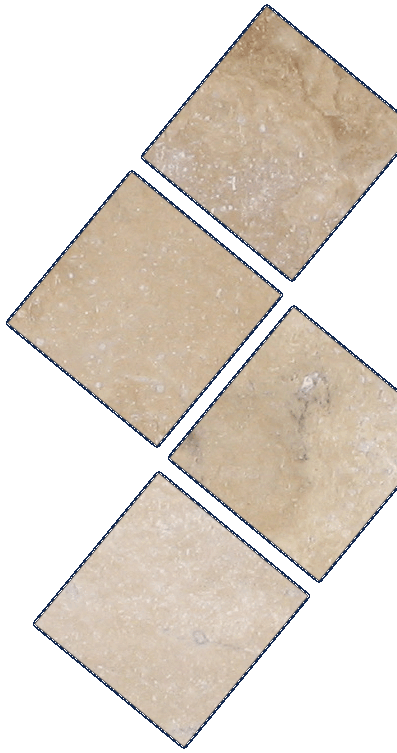|
Travertine is a porous, cellular rock that was created as a result of lowering of carbonate calcium from thermal and cold springs.
The characteristics of travertine provide many possibilities for application. During many centuries it has been the main construction material for remarkable, notable and unique buildings.
Fascinating beauty of Coliseum and Saint Peter’s Cathedral in Rome provide a striking example for ornamentallity and endurance of travertine.
Although the monuments of the 3rd century B.C. confirm the use of travertine, Ararat deposit was discovered in 1927. In 1929 Moscow Institute of geological research accomplished the survey of deposit and as a result the reserves of 38.4 mln of tons (15.4 mln of square meters) were discovered on the southeast slope of Salakit mountain (one of the greatest deposits in the world).
The deposit is located at a height of 902-950 meters above sea level and lacks forest mantle.
|


